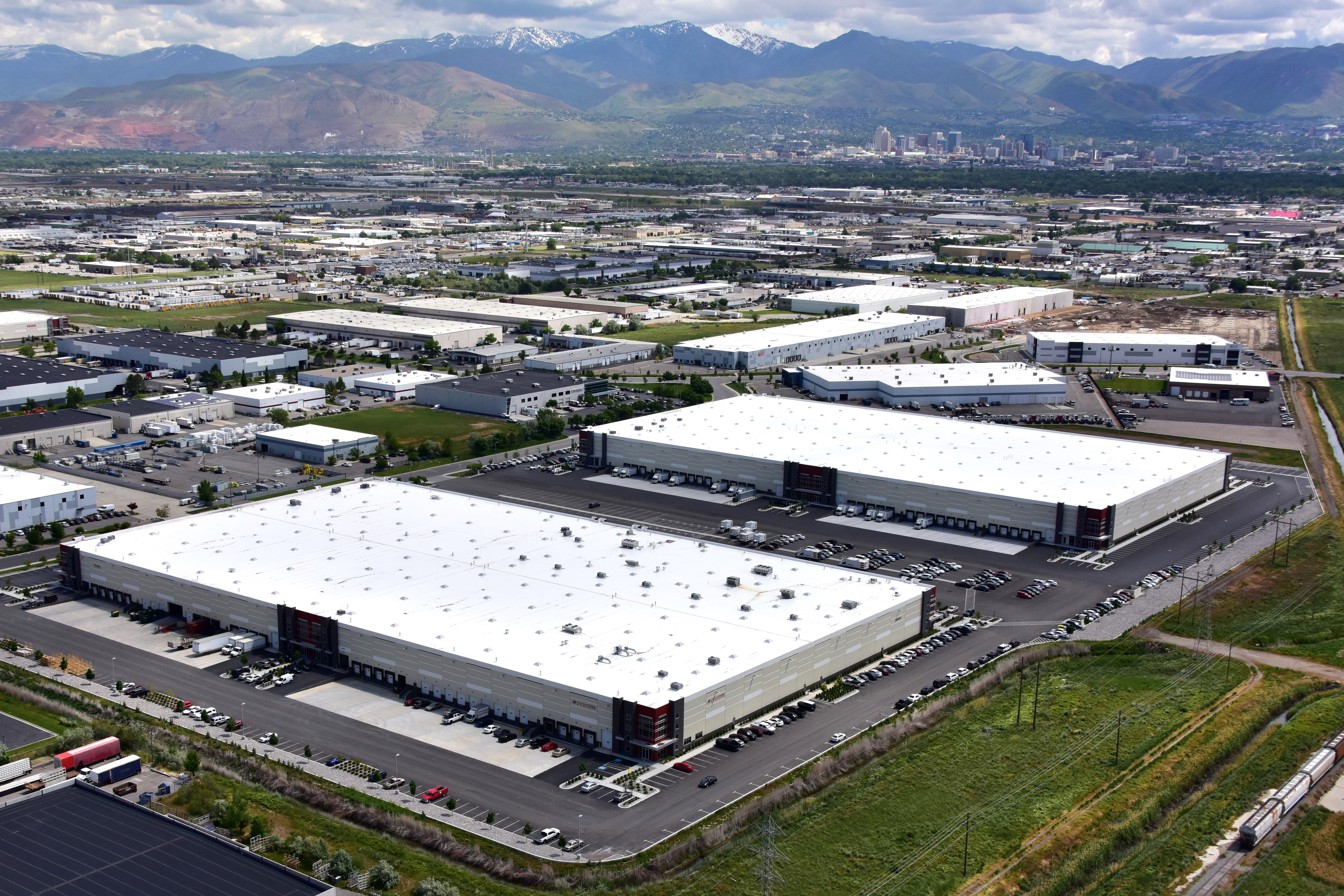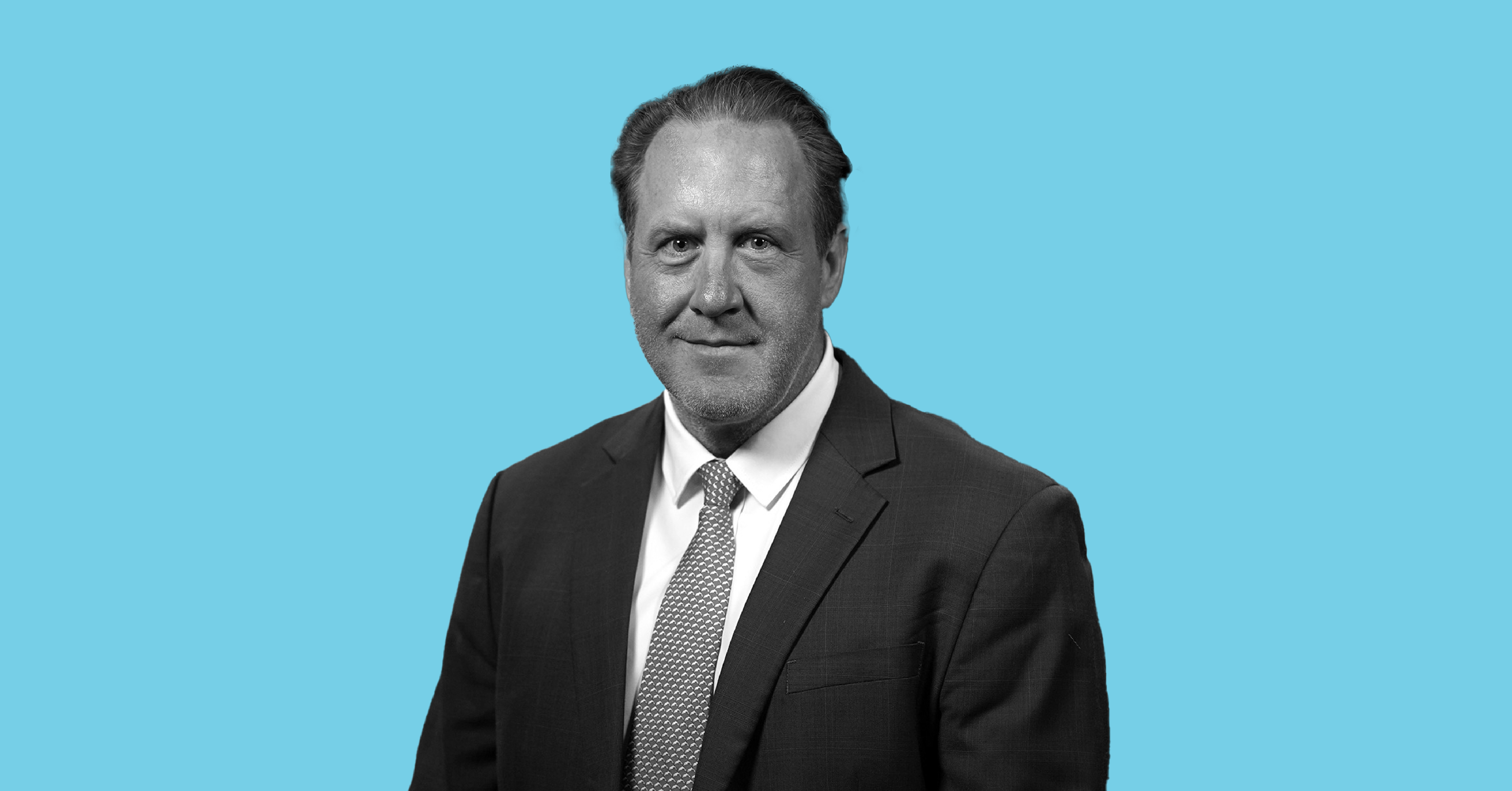Exit Interview: A Conversation with David Lang of Goldman Sachs

April 29, 2021
New York, London, Bangalore, Salt Lake City. Many Utahns know that Goldman Sachs’ Salt Lake City office is the fourth largest in the world, but fewer know the story — or the leadership — behind its success.
In 2000, Goldman Sachs opened its first office in Salt Lake City, Utah. Based in Research Park, the office initially provided service and technology support for an online platform for private wealth clients. In 2009, managing director David Lang moved to Utah to take over and expand the operation into what it is today.
For what she calls his “exit interview,” EDCUtah’s Theresa Foxley sat down with David Lang of Goldman Sachs, who recently announced his retirement after more than 25 years with the firm including 12 years leading the Utah operation. He has also served on the EDCUtah Board of Trustees. Here is their conversation.
Theresa: With 3,000 employees, the Salt Lake office is now Goldman Sachs’ second largest in North America and augments many of the operations you find in the New York office. How did you do what you did in Salt Lake City?
David: With a lot of help! When I first got here, we had about 250 people. I immediately felt that this office had so much potential, and a big reason why was because of the talent we had here. We had people who fit really well into the firm culture. And we had the ability to recruit very talented people here to Salt Lake City, because you’re getting the Goldman Sachs professional opportunity and experience, and the ability to build and grow a career in a place like Utah with this lifestyle.
That’s a very compelling value proposition for young people and frankly, for other professionals within the firm. We recognized that to develop this office, we needed more Goldman Sachs DNA, that is, more experienced DNA here. So first, it was very easy to recruit those people to help us grow this, and second, it was very easy to build around those people with the young talent.
How did you make an argument to senior leadership to grow the office?
In the early days, talent acquisition was a big part of it. Then rounding out the value proposition within the firm was the second order of business. The way we promoted this office was a combination of the talent, business resilience, and time zone advantages. Business resilience centered on creating a capability here to continue operations in case something bad happened in New York. In terms of time zone advantages, in the early days, we focused on the jobs in New York that people had to stay late in order to perform. Those were candidates for us to move out to Utah.
Lastly, we had a lot of great, energetic people, and every time senior leaders came out to Utah, they felt very good about this office and were confident to add jobs here. Part of that feeling is due to the embrace the State of Utah had for the company. It created a “feel-good” atmosphere, and that led our senior leaders to advocate for what we were doing out here. There was a top-down push to have people throughout the organization consider Utah – that was very powerful.
Was Hurricane Sandy in 2012 the moment for the Salt Lake office to rise to the occasion?
Yes, but I actually think there were three seminal moments.
One moment was in 2011 with us moving downtown into 111 and 222 South Main Street. The new buildings fit our brand well. When we would host recruiting events and bring candidates in from all over the country, they’d walk into our buildings on Main Street and feel, “Wow, this is Goldman Sachs. It just happens to be in Utah.” That was powerful and helped us to recruit and retain talent.
Hurricane Sandy was another. It was a big important moment because it demonstrated our ability to keep things going on behalf of the entire firm. A lot of the work being performed in New York got moved out here, and our people were able to carry the load.
I think the Board meeting in Utah in 2013 was a third important moment. The most senior leaders of the firm converged on Utah for three days. There was a dinner at the Governor’s mansion, and a couple of members of the Presiding Bishopric of the Church of Jesus Christ of Latter-Day Saints spent time with our leaders and hosted a dinner at the Joseph Smith Building. They spoke about the history of Utah and the LDS religion. We also had the Utah launch of our 10,000 Small Business program. So it was a great three days and elevated our office in the eyes of senior leadership. The State and community really embraced us.
When Goldman Sachs made its move into the Utah market, it was seen as pioneering, and there’s been a lot of follow-on investment and success in this community. You now have 12 years of operating experience here, with a hockey-stick growth trajectory. What advice would you have for other companies wanting to do something big in Utah?
My advice would be to look at what some companies have done here and to listen to them. When people are embarking on a location strategy, they will often leverage a consultant. Those consultants produce valuable side-by-side comparisons of various cities, and the talent pool is a big part of the analysis. Utah doesn’t fare well in this approach, for two reasons. One is the perception that the talent pool isn’t as deep as companies may need. And the second is diversity.
What I would say is those two things didn’t matter as relates to our success and our ability to grow to 3,000 people. The depth of the talent pool within Utah really doesn’t impact our ability to scale as an office because we’re able to recruit nationally. For example, last year, over 70 percent of our incoming graduates came from over 100 different universities around the country. And the reason we were able to do that is because people are so enamored and so excited about the lifestyle that’s going to come from working for Goldman Sachs in a place like Utah.
So I would say listen to the consultants, but look closely at the companies here and how successful they’ve been.
So success can speak louder than numbers on a spreadsheet?
I think so.
What advice would you give to Utah? How would you advise current and future government and business leaders about ways to continue to attract great people and great companies?
My family and I consider ourselves Utahns after spending 12 years here. I think Utah is doing so many things right.
I think number one is recognizing what makes Utah special and holding onto that. The State of Utah is so well run, and the collaboration between community leaders and business leaders and our elected officials is very unique and very special in Utah. That’s something they should recognize and continue to nourish. That’s my number one advice.
And they should recognize that Utah is changing. Like the rest of the country, Utah is becoming more diverse. I think downtown Salt Lake City has the opportunity to continue to be the beacon of that growth in diversity. Embracing that is really important to the long-term success of the state, whether it’s through supporting small minority-owned businesses or making diversity a priority in individual businesses.
In 12 years, I’ve seen downtown Salt Lake City be transformed in such a profound way. We need to recognize that if we want to be competitive with other states, and continue to attract and grow businesses, we need to be holistic in how we attract and support diverse talent.
Only partly in jest, we want to thank Goldman Sachs for your presence downtown leading to the creation of all these great coffee shops!
Coffee shops and bars and restaurants and housing, and just a more vibrant downtown Salt Lake. It’s been remarkable to watch. We played a small role in that and it’s something we’re excited about.
We call it the Goldman Sachs effect. It’s not a stretch to say that Goldman Sachs has reshaped the skyline and the streetscape. Between 111 and 222 and all the street-level activity, I’m grateful every time I see someone with a Goldman Sachs badge. It’s these people who are supporting those local businesses, and who gave those businesses the confidence to do what they are doing.
Would you like to add anything about the “give-back,” the 10,000 Small Businesses program?
The 10,000 Small Businesses program is alive and well. We’ve been super-successful here in Utah and our support is going to continue. I’m personally very proud that we were able to launch that here, and to see the impact it has had across the state.
Is there anything else you want to share?
I went through a lot of emotions, probably a year ago when I started thinking about pivoting from a career perspective to do something different. The only thing that I would add is that I have nothing but gratitude and appreciation for the opportunity to lead – with my other colleagues – in creating an asset for the firm that’s going to be forever-lasting. And doing it in such a fantastic place with such fantastic people and being supported by community leaders, business leaders, elected officials, and non-profit leaders. It’s been an honor. It’s a part of my life and my career that I will never forget. Again, nothing but gratitude and appreciation for the people within the firm and outside of it.
Thank you. I don’t think we can overstate the impact of Goldman Sachs in our community, city, and state, but it comes back to having an energetic, visionary leader who’s going to do what it takes to make it work. Thanks for giving us a glimpse into it.






